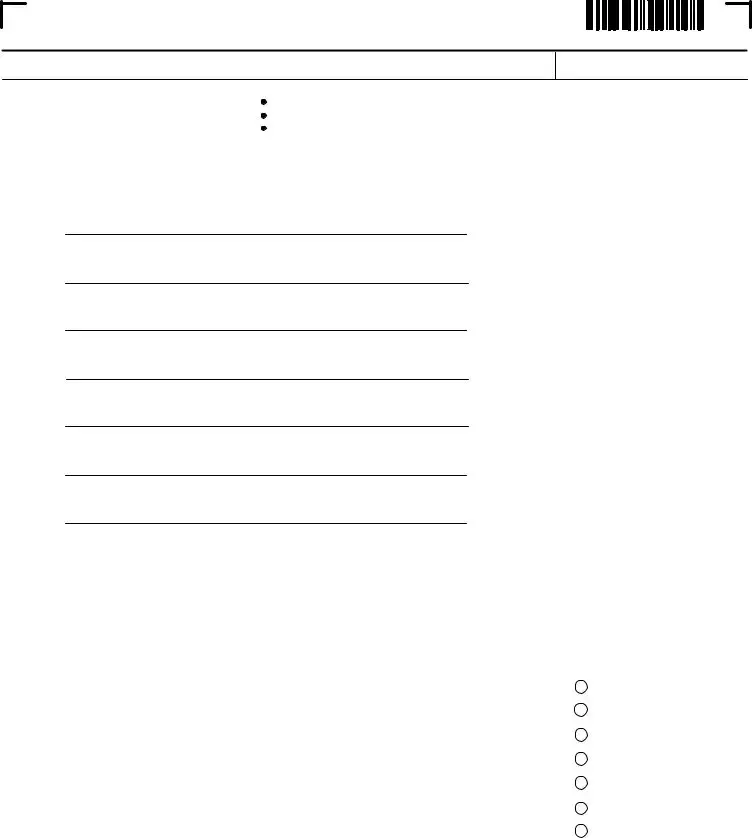Printable North Dakota 58 Template
The North Dakota 58 form is an essential document for all partnerships operating within the state, as mandated by the North Dakota Office of State Tax Commissioner. It is specifically designed for the reporting of partner information, including the name, address, Social Security Number or Federal Employer Identification Number (FEIN), type of entity, ownership percentage, and the distribution of income or loss. This form plays a crucial role in ensuring partnerships comprehensively report each partner's share of federal and North Dakota distributable income, with special sections dedicated to nonresident individual partners to address state tax withholding requirements.
Customize Document Here
